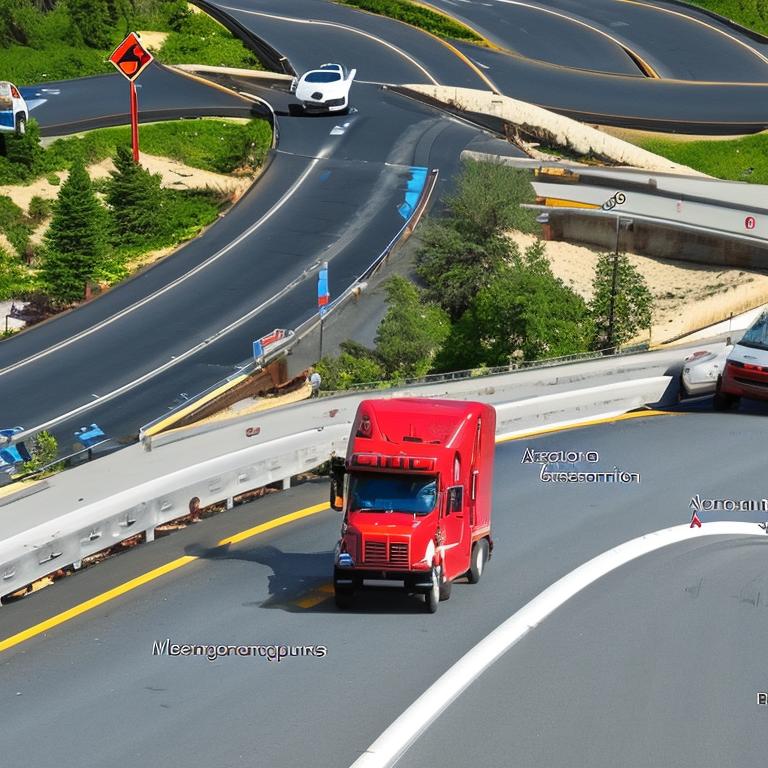Dealing with Accidents and Injuries
Despite our best efforts to drive safely, accidents can still occur on the road. When faced with an accident, it is crucial to remain calm and follow proper procedures to ensure the well-being of everyone involved. Dealing with accidents and injuries requires quick thinking, clear communication, and a focus on prioritizing safety above all else. In the event of an accident, the first priority is to check for injuries. Assess yourself and others involved in the accident for any signs of physical harm. If anyone is injured, immediately call for emergency medical assistance by dialing the local emergency number or 911. Prompt medical attention can make a significant difference in the outcome of injuries sustained in an accident. Once the immediate safety concerns have been addressed, it is essential to move the vehicles involved in the accident to a safe location, if possible. This helps prevent further accidents or disruptions to traffic flow. If the vehicles are drivable and there are no injuries requiring immediate medical attention, move them to the side of the road or a nearby parking lot. After ensuring the safety of everyone involved, exchange information with the other parties. This includes sharing contact details, insurance information, and vehicle registration numbers. It is also advisable to take photos of the accident scene, vehicle damage, and any relevant road conditions. These details can be crucial for insurance claims and legal purposes. Reporting the accident to the police may be necessary, depending on the severity of the accident and local regulations. In cases of significant damage, injuries, or disputes between parties, involving law enforcement can help document the incident and facilitate the resolution process. Be cooperative and provide accurate information to the police when they arrive at the scene. Dealing with accidents and injuries on the road can be a stressful and overwhelming experience. It is essential to seek support from family, friends, or professional services to cope with the emotional impact of the incident. Remember that accidents happen, and prioritizing safety, communication, and following proper procedures can help navigate through challenging situations effectively.
Emergency Response Procedures
In times of emergencies on the road, knowing how to respond swiftly and effectively can make a significant difference in ensuring the safety of everyone involved. Emergency response procedures are designed to guide individuals through challenging situations and provide the necessary support until professional help arrives. Being prepared and knowledgeable about these procedures can help mitigate risks and protect lives in critical moments. When faced with an emergency situation such as a car accident, breakdown, or medical crisis, the first step is to assess the situation calmly and quickly. Check for any immediate dangers, such as oncoming traffic, fire hazards, or unstable vehicles. Ensuring your safety and the safety of others should always be the top priority in any emergency response. If there are injuries or medical concerns, call for emergency medical assistance immediately. Provide clear and concise information about the location, nature of the emergency, and the number of individuals requiring assistance. Stay on the line with the emergency dispatcher to receive instructions on how to provide first aid or support until paramedics arrive. In cases where the emergency involves a vehicle breakdown or mechanical failure, it is essential to move the vehicle to a safe location, such as the shoulder of the road or a designated parking area. Use hazard lights, flares, or warning triangles to alert other drivers of the situation and reduce the risk of further accidents or collisions. Communicating effectively with emergency responders is crucial in ensuring a coordinated and efficient response. Provide accurate details about the nature of the emergency, any injuries or medical conditions present, and any specific assistance or resources required. Follow instructions from emergency personnel and cooperate with their efforts to resolve the situation safely. After the immediate emergency has been addressed, it is advisable to document the incident, exchange information with other parties involved, and contact your insurance provider to report the incident. Keeping a record of the events leading up to the emergency and following up with any necessary steps can help streamline the resolution process and ensure proper support moving forward. By familiarizing yourself with emergency response procedures and staying calm under pressure, you can effectively navigate through challenging situations on the road and contribute to a safer and more secure environment for all road users. Preparation, quick thinking, and clear communication are key elements in handling emergencies effectively and protecting lives in critical moments.
